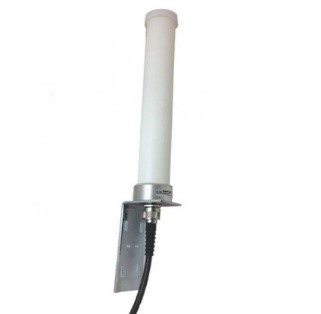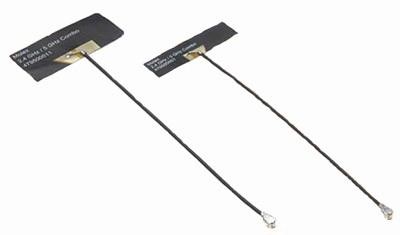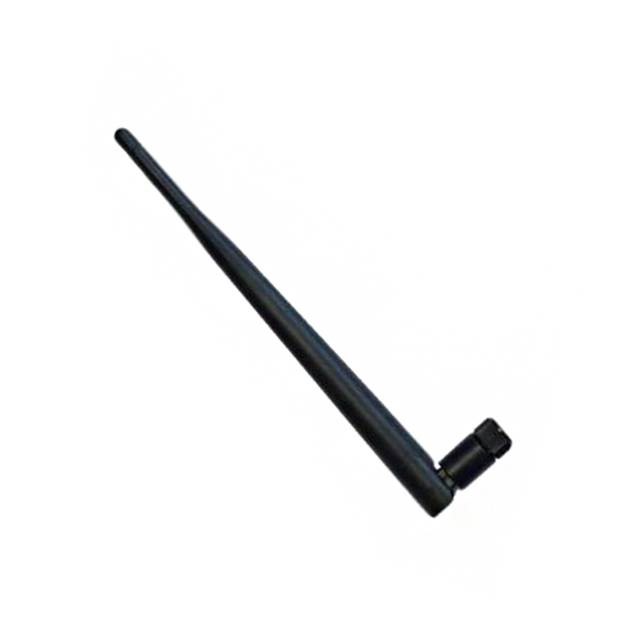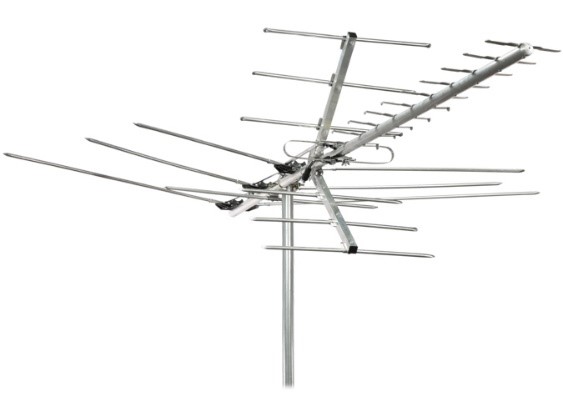- Home
- Symmetry Blog
- Tech 101 From Symmetry Electronics: What is an Antenna?
Tech 101 From Symmetry Electronics: What is an Antenna?
About Nimit Pradhan

In the field of communication systems, whenever the need for wireless communication arises, there occurs the necessity of an antenna. Antennas have the capability of sending or receiving electromagnetic waves for communication, in areas where you cannot expect to lay down a wiring system. They have become ubiquitous in our daily lives and are integral to many of the devices that we use. Some common antenna types include wire antennas (dipoles, loops and helical, aperture antennas), horns & reflector arrays, Yagi antennas, log periodic antennas, and patch antennas like microstrips and PIFAs.
So, what is an Antenna?
An antenna is a transducer, converting electrical power into electromagnetic waves, and vice versa. An antenna can be used either as a transmitter or a receiver. For these cases, metal serves as an excellent material, which is why most antennas are composed of metal.
The following images are just a few examples of different antenna types



Image 1 – Outdoor Antenna
Image 2 – FPC antenna
Image 3 – External antenna
Where are Antennas used?
Antennas are used to receive or transmit signals in the air. With so many devices going wireless, we can find plenty of applications in our daily lives that rely on antennas. Some of the most common and popular uses of antennas are for mobile phones, Wi-Fi routers, laptops, radios, TVs, cellular systems, satellite dishes and much more.


What are the different Types of Antennas?
Antennas are divided into various types depending on:
- The physical structure of the antenna.
- The frequency ranges of operation.
- The mode of applications
Physical structure: The following are the types of antennas according to the physical structure.
- Wire antennas · Aperture antennas · Reflector antennas · Lens antennas · Microstrip antennas · Array antennas
Frequency of operation: The following are the types of antennas according to the frequency of operation.
- Very Low Frequency (VLF) · Low Frequency (LF) · Medium Frequency (MF) · High Frequency (HF) · Very High Frequency (VHF)· Ultra High Frequency (UHF) · Super High Frequency (SHF) · Microwave · Radio wave
Mode of Applications: The following are the types of antennas according to the modes of applications
- Point-to-point communications · Broadcasting applications · Radar communications · Satellite communications.
Antennas are classified to help us understand their physical structure and functionality. There are many types of antennas depending upon the applications. The following table provides the list of various types of antennas along with examples and applications.
Type of antenna | Examples | Applications |
Wire antenna | Dipole antenna, Monopole antenna, Helix antenna, Loop antenna | Personal applications, buildings, ships, automobiles, space crafts |
Aperture Antennas | Waveguide (opening), Horn antenna | Flush-mounted applications, aircraft, spacecraft |
Reflector Antennas | Parabolic reflectors, Corner reflectors | Microwave communication, satellite tracking, radio astronomy |
Lens Antennas | Convex-plane, Concave-plane, Convex-convex, Concaveconcave lenses | Used for very high-frequency applications |
Microstrip Antennas | Circular-shaped, Rectangular shaped metallic patch above the ground plane | Aircraft, spacecraft, satellites, missiles, cars, mobile phones etc. |
Array Antennas | Yagi-Uda antenna, Micro strip patch array, Aperture array, Slotted wave guide array | Used for very high gain applications, mostly when needs to control the radiation pattern |
Featured Supplier Lines:
Symmetry Electronics can help you find the right antenna solution for your next project. Our high performance, “off the shelf” antennas speed your time-to-market while reducing up-front design challenges. For situations that require highly specialized form factors, we can help develop a custom solution to meet your project’s performance needs, size, specific physical location and mechanical constraints. Our suppliers provide the best in antenna testing capabilities through global design centers, antenna measurement systems, and the leading automotive test chambers. Some of Symmetry’s antenna suppliers include:
Embedded Antenna Design –VHF & UHF, LTE & 4G, GSM & 3G, GPS & GNSS, 2.4 & 5.8 GHZ, 169/433/868/915 Mhz, RF cables and accessories
Ethertronics - LTE, Wifi, GPS, GLONASS, BEIDOU, ISM
Hirschman Solutions – GPS/Glonass, Cellular, WLAN/BT, Satellite communication
Click here for our Antenna Selector Guide
References:
www.tutorialspoint.com/antenna_theory
http://wireless.ictp.it/handbook/C4.pdf
See other Tech 101 posts from Symmetry Electronics:
Tech 101 from Symmetry Electronics: What Is Z-Wave?
Tech 101 from Symmetry Electronics: What is Thread?
Tech 101 from Symmetry Electronics: What is Zigbee?
Tech 101 from Symmetry Electronics: What is LoRa?
Tech 101 from Symmetry Electronics: What is GNSS?
Tech 101 from Symmetry Electronics: What is Cat-M1?
Tech 101 from Symmetry Electronics: What is IoT?

